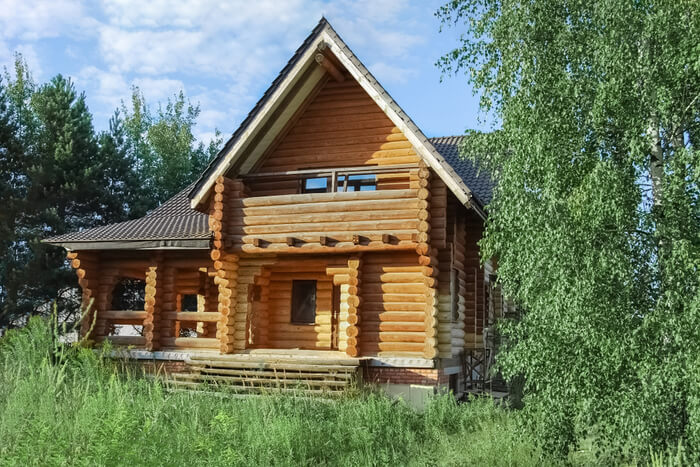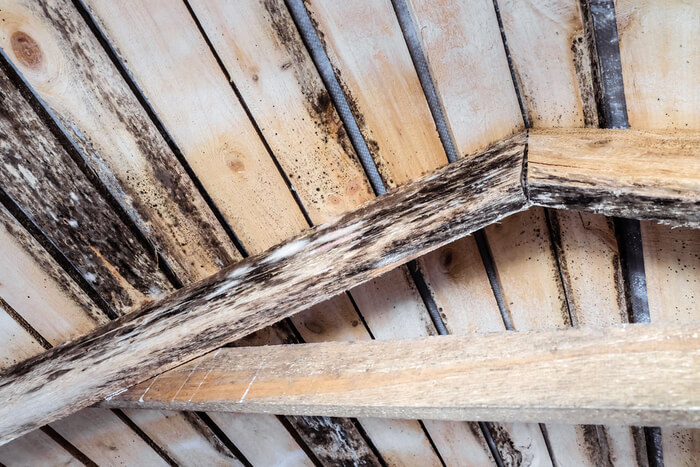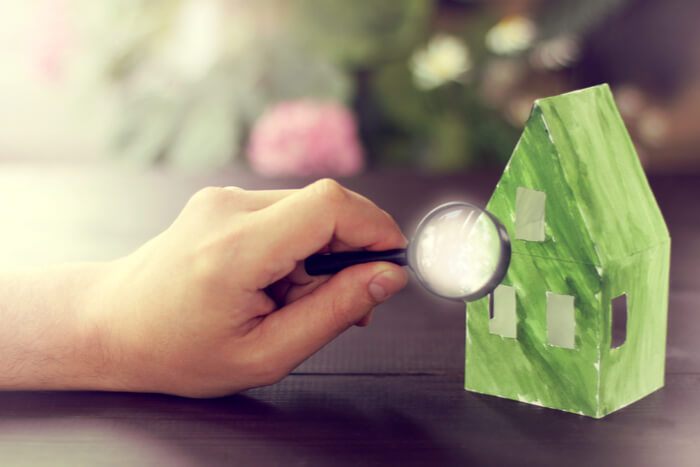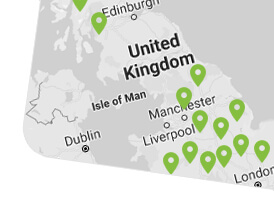Log homes have existed for centuries and were the most preferred type of homes in ancient and medieval Europe for their warm and cosy interior. These homes were also easy to build as wood was available in abundance.

In the cold climates of Northern Europe, conical trees served as the perfect kind of timber for building these houses and, therefore, it was much easier to build wooden homes. Log homes provided the necessary warmth in the freezing climate of North Europe. Log homes are warm and cosy, and it is the reason they can still be found in the rural areas of Europe.
Despite the fact that wooden homes were replaced by concrete and brick houses a couple of centuries ago, there is a growing interest in them in the recent times. Among the various benefits offered by log homes, natural insulation and warm interior are among their major advantages.
Characteristics of log homes with reference to their level of warmness:
Thickness of the wood
How warm the interiors of a log cabin would be is based on the thickness of the wood. Wood has a natural thermal resistance making the interiors of the cabin relatively warmer as compared to the external temperatures.
In winters, when the external temperatures are low, due to its thermal and insulating properties, a log home has higher temperature inside. However, the thickness of the logs and the wall constructed by assembling them determine the level of the internal temperature. It affects the thermal resistance of the house.
The unit for measuring thermal resistance is termed R-Value. R-Value for different woods is different. For example, a softwood with a thickness of 15.24 centimetre has R-Value of little more than 8. While constructing a log house, due care must be taken in selecting the wood. If the house is situated in a place that has mild winters, a wall with less thickness is a better option.
Alternately, in places with severe cold, thicker logs need to be selected. Wood logs are also efficient in capturing and storing heat which is then released when the temperature goes down. Hence, during the daytime, the logs trap the heat and in the night when the temperature drops, they release it making the interior of the home warm.
Log assembly
How the logs are assembled for the construction of a log home also affects its warmth. Logs that are tightly bound together reduce the leakage of the air from the outside to the interior of the home. It improves the insulation.
Less gaps between the logs result in a better insulation and hence while building a log home, it is important that the gaps are filled appropriately. The level insulation increases significantly when there is no gap between the logs.
Humidity
The insulating property of the log homes also depends on the level of humidity. Wood easily absorbs water which increases the humidity level and can become a serious problem in places that have a damp weather. Humidity compromises the insulating properties of the wood reducing the warmth inside the house during winters.
It also weakens the structure resulting in more wear and tear to the wood that further affects the insulation and also results in more holes and cracks in the wall which allow cold air from the outside to easily enter the home.

To avoid it from happening, it is crucial to keep the logs dry and free of humidity and water vapours. It can be done by improving the drainage system, avoiding waterlogging in and around the house and installing equipment that absorb moisture and improve ventilation.
Design and layout
Design and layout of the log home also affect the level of its warmness. Homes with the proper ventilation system and well-maintained interiors are warmer and cosier. The number of doors and windows and the manner in which they are installed are crucial factors that determine how warm the interiors are. Windows with large glass panes that allow sufficient sunlight to enter the house result in warmer internal climate.
Low energy consumption
Log homes, due to natural insulation and warmer interior require less energy. Since there is a lower requirement to use heaters and other equipment, the energy consumption of log homes is lower by up to 25 percent. There is also less need of the fireplace, thereby reducing the consumption of wood. These factors contribute to reducing the impact of these homes and people living in them over the environment.
Cosy and relaxing
Log homes are warmer which make them cosy and relaxing. Persons living in such houses experience the best of the living comfort. Especially in winter, the log homes are the warmest homes to live. In locations with severe winter temperatures, a log home is the best choice when it comes to relaxed and cosy living.
Relaxation in implementation of energy codes
Due to the low energy consumption of log homes, in several places, such houses get an exemption from implementing specific energy codes that apply to the other buildings. As these cabins are highly energy efficient, their compliance level with the regulatory energy codes is much higher which makes them eligible for few exemptions.
Environmentally beneficial
Because the interior of the log homes remains warmer as compared to the external climate, the requirement of electrical heating apparatus or firewood is reduced considerably. It is beneficial for the environment.

Residential cabins have traditionally been preferred especially in cold regions for their warm and cosy interiors. It is the reason they are still preferred by many as their holiday and vacation homes. Log homes that are used during vacations in summer can also be used as storage cabins during winter.
As they have warm interiors, the material stored in them remains protected. Log homes offer a cost and energy efficient alternative to the regular buildings. There are numerous health, financial and environmental benefits associated with log homes and those who prefer living in them, enjoy better health and a cosy lifestyle.











